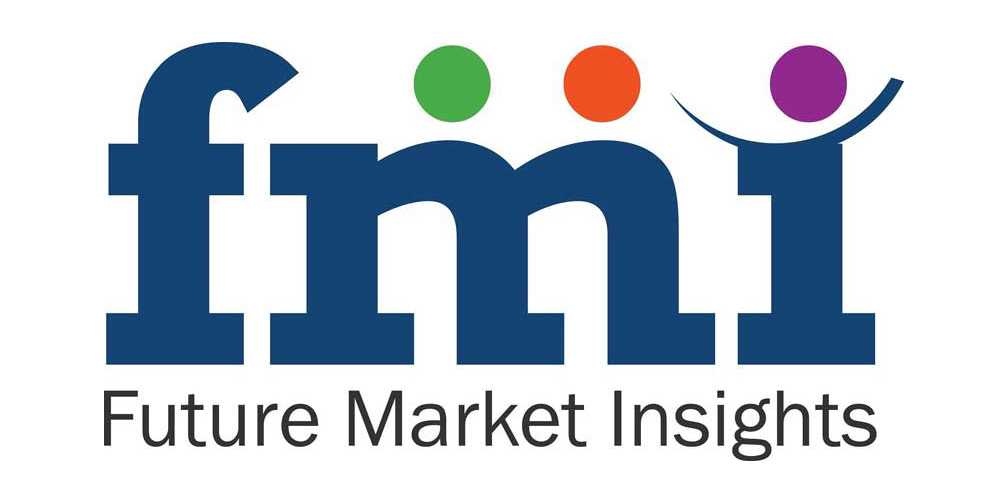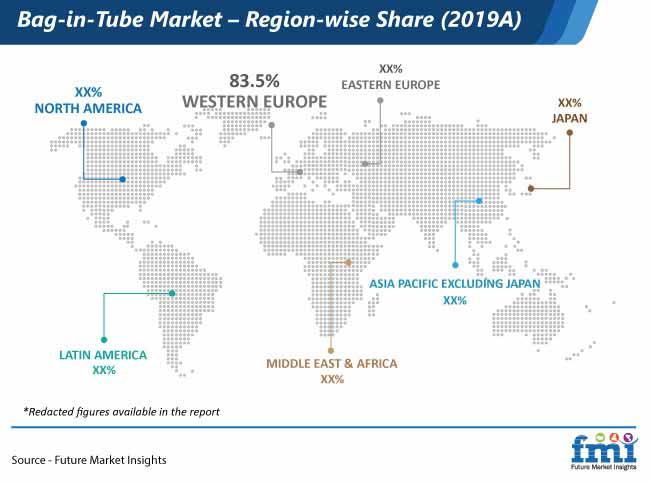The automotive sensor demand will continue rising through 2021 with worldwide demand projected to increase by 5.5% year over year. As per Future Market Insights (FMI), automotive sensor revenues generation will increase at a ten-year compound annual growth rate (CAGR) of 7.2%, as the automotive production recovers after bucking scepticism about how the market would perform post pandemic.
NXP Semiconductors N.V., TE Connectivity, Continental AG, Denso Corporation, Robert Bosch GmbH are identified as leading players in automotive sensor market. They will collectively account for nearly 30% of global market share in 2021.
Request a Sample of this Report @ https://www.futuremarketinsights.com/reports/sample/rep-gb-6612
Auto theft has emerged as a serious problem across the globe. According to a report by the National Insurance Crime Bureau, auto theft grew by 9.2% year-on-year in U.S. reaching 873,080 cases in 2020. To tackle this issue, automakers are installing modern anti-theft sensors in economic and budget cars. This development will fuel the demand for automotive sensors in upcoming years.
Advancement in the field of transport management system and incorporation of smart sensors in advanced driver-assistance systems will create attractive prospects for the expansion of the market.
Truck platooning is an emerging area of application for automotive sensors. In truck platooning, automated driving support and connectivity technology work in sync and are controlled by central operating system. All trucks are connected to leader trucks and rest of platoon adapts their movement according to leader truck. This will increase ADAS penetration in trucks.
Governments in developed economies are mandating the installation of safety sensors in passenger and commercial vehicles to curb the rise in number of road accidents and related fatalities. This will significantly contribute to the overall growth of the automotive sensors market.
Manufacturers are working towards avoiding overheads by reducing the number of product recalls and satisfy consumer demand of modern warning alert system and safety feature in compact cars.
Advancement in the crash prevention technologies like vehicle-to-vehicle communication, traction control system, active kinematics control with integrated brake control, and automated braking system will boost demand for automotive sensor in upcoming years.
Key Takeaways from FMI’s Automotive Sensor Market Study
- Driven by increasing sales of electric vehicles and presence of leading original equipment manufacturers in U.S., North America market will expand at 4.7% CAGR over the forecast period.
- European automotive sensor market will grow at a healthy CAGR of 6.5% backed by increasing demand of European luxury cars across the globe and rising production of electric cars in the region.
- Japan and South Korea will collectively account for around 9.1% of global market share in 2021. Surge in research and development activities in these countries towards miniaturization of automotive sensors will drive the market growth in these countries.
- India will offer lucrative opportunities for market growth, as it is the fastest growing economy in the world. Increasing demand for passenger cars and rise in consumer spending on enhanced safety features will boost the sales of automotive sensors in India.
- Safety sensor is the fastest growing sensor type segment owing to imposition of stringent vehicle and driver safety regulation and increasing demand for luxury and convenience in automobiles.
“Increasing investment in automating vehicles and installing smart technologies in critical safety systems to improve safety standards will boost the demand of automotive sensors in the forthcoming years,” says the FMI analyst.
For instance, in July 2021, Samsung launched its first ISOCELL image sensor specifically designed for automotive applications. Samsung aims at becoming global leader in image sensor sector and capture maximum market share in upcoming years.
In 2020, AMS introduced two new position sensors the AMS AS5147U and the AS5247U for high-speed electric motors to promote car electrification initiative. These new position sensors are expected to reduce the system cost and boost the electrification of critical vehicle functions like as power steering, active damper control, and braking.
Bridgestone recently developed new “Smart Strain Sensor” technology for autonomous vehicles integrated with next-gen internet of things (IoT) capabilities.
Prominent players operating in the automotive sensor market are:-
- NXP Semiconductors N.V.
- TE Connectivity
- Continental AG
- Denso Corporation
- Robert Bosch GmbH.
Download PDF Brochure @ https://www.futuremarketinsights.com/reports/brochure/rep-gb-6612
Key Segments Covered in Automotive sensors Market Study
Sensor Type:
- Position Sensors
- Clutch Position Sensors
- Gear Position Sensors
- Throttle Position Sensors
- Crankshaft Position Sensors
- Steering Angle Position Sensors
- Camshaft Position Sensors
- Safety Sensors
- Seat Belt Sensors
- Brake Switch Sensors
- Door Switch Sensors
- ADAS Sensors
- Blind Spot Detection
- Night Vision Sensors
- Light Sensors
- Parking Sensors
- Cruise Control
- Impact Sensors
- Anti-theft Sensors
- Knock Detection Sensors
- Level Sensors
- Fuel Level Sensors
- Coolant Level Sensors
- Oil Level Sensors
- Oxygen Sensors
- Pressure Sensors
- Tire Pressure Sensors
- EGR Pressure Sensors
- Airflow Rate Sensors
- Temperature Sensors
- Engine Coolant Temperature Sensors
- Rain/humidity Sensors
- Oil/Fuel Temperature Sensors
- Battery Temperature Sensors
- Air Temperature Sensors
- Speed Sensors
- Wheel Speed Sensors
- Speedometer
Vehicle Type:
- Passenger Cars
- Compact
- Midsize
- Luxury
- SUVs
- Light Commercial Vehicles
- Heavy Commercial Vehicles
Sales Channel:
- Original Equipment Manufacturers
- Original Equipment Supplier Spare Parts
- Independent Aftermarket
Region:
- North America
- Latin America
- Western Europe
- Eastern Europe
- South East Asia & Pacific
- Middle East & Africa
- Japan
- China
- India
Pre-Book Report @ https://www.futuremarketinsights.com/checkout/6612
Top Reports Related To Automotive Market Insights
Off-Highway Vehicle (OHV) Telematics Market : As per the FMI’s study, off-highway vehicle (OHV) telematics market is poised to expand at an impressive 15.40% CAGR during the assessment period of 2021 and 2031. The market valuation will reach US$ 424 Mn in 2021.
Automotive Lead Acid Battery Market : The global automotive lead acid battery sales is projected to increasing, enabling the market’s valuation to reach US$ 36.2 Bn in 2031, according to the latest research by Future Market Insights (FMI). The report estimates the market to expand at a steady CAGR of over 3% through the course of 2021-2031.
About FMI
Future Market Insights (FMI) is a leading provider of market intelligence and consulting services, serving clients in over 150 countries. FMI is headquartered in Dubai, the global financial capital, and has delivery centers in the U.S. and India. FMI’s latest market research reports and industry analysis help businesses navigate challenges and make critical decisions with confidence and clarity amidst breakneck competition. Our customized and syndicated market research reports deliver actionable insights that drive sustainable growth. A team of expert-led analysts at FMI continuously tracks emerging trends and events in a broad range of industries to ensure that our clients prepare for the evolving needs of their consumers.
Contact
Future Market Insights
Unit No: AU-01-H Gold Tower (AU), Plot No: JLT-PH1-I3A,
Jumeirah Lakes Towers, Dubai,
United Arab Emirates
MARKET ACCESS DMCC Initiative
For Sales Enquiries: sales@futuremarketinsights.com
For Media Enquiries: press@futuremarketinsights.com
Website: https://www.futuremarketinsights.com
Report: https://www.futuremarketinsights.com/reports/automotive-sensors-market
Press Release Source: https://www.futuremarketinsights.com/press-release/automotive-sensors-market

